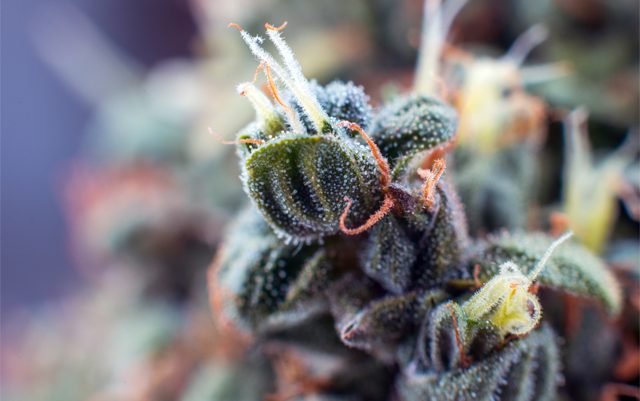There’s no doubt that the rise of the Internet has allowed the amount of information available concerning the cannabis plant to grow exponentially. And not only has the amount of information grown, accessing that information is easier than ever.
Twenty years ago, most people who consumed cannabis could tell you very little about it. They couldn’t tell you about cannabinoids or why their marijuana smelled and tasted the way it did. Most cannabis had no strain name and, if it did, it was probably just something the dealer made up. If it looked good and smelled good and made you feel good, then it was “good weed”.
If pressed, most cannabis consumers back then could have identified THC with marijuana, but that was about it. They would likely have no idea what CBD was, and certainly few would know what terpenes are.
Even as CBD (cannabidiol) has gotten a bump in the last few years when it comes to awareness among the cannabis community, terpenes have remained in the shadows of their more well-known fellow cannabis compounds.
While certain compounds are exclusive to the cannabis plant, terpenes are something that can be found in many plants. From Wikipedia:
Terpenes (/ˈtɜːrpiːn/) are a large and diverse class of organic compounds, produced by a variety of plants, particularly conifers, and by some insects. They often have a strong odor and may protect the plants that produce them by deterring herbivores and by attracting predators and parasites of herbivores.
When talking about cannabis, terpenes are what give each strain and variety their flavor and odor. If you’ve consumed marijuana by smoking or vaporizing it, you most likely got an image or memory in your head of a particularly flavorful and pungent strain when you read that last sentence. We’ve all had that weed that you can smell before you see it and has a taste that is hard to describe because of its strength and the effect it produces when inhaled.
According to Leafly, “Over 100 different terpenes have been identified in the cannabis plant, and every strain tends toward a unique terpene type and composition. In other words, a strain like Cheese and its descendants will likely have a discernible cheese-like smell, and Blueberry offspring often inherit the smell of berries.”
When thinking about terps in weed, it’s important to realize that you are really talking about the essence of the strain in question. To be sure, how a strain affects someone is important, but that comes after the strain has been selected and consumed. The first impression every consumer gets of a strain is the smell, then the taste. They are the front of the store. They are that first sentence spoken to someone you just met.
Terpenes are the window to the soul of a strain, to use a way-too-hyperbolic turn of phrase.






